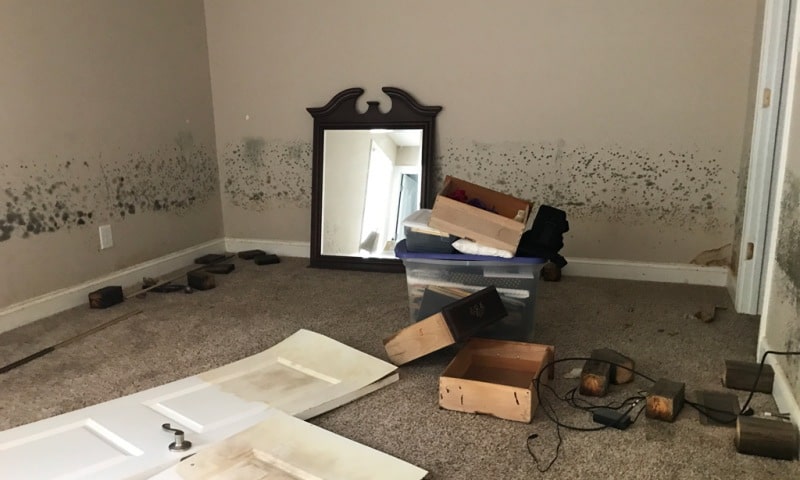In its simplest form, Seller disclosure fraud happens when a seller lies about the condition of their home in order to entice buyers to purchase the property. Examples of seller disclosure fraud and what goes into the Seller Property Condition Disclosure can be found here: [link]. But to win a case for fraud requires evidence to show all of the legal elements of a claim. Elements are all of the pieces of a claim that have to be proven before you are entitled to compensation. The most common claim in cases like this is called fraud in the inducement. Fraud in the inducement happens when one person makes a fraudulent statement to get the other person to enter into a contract.
Elements of Fraud in the Inducement Claim in Utah
The Utah Supreme Court has laid out 9 elements that plaintiffs have to prove to win a case of Fraud in the inducement. They are (1) that a representation was made (2) concerning a presently existing material fact (3) which was false and (4) which the representor either (a) knew to be false or (b) made recklessly, knowing that there was insufficient knowledge upon which to base such a representation, (5) for the purpose of inducing the other party to act upon it and (6) that the other party, acting reasonably and in ignorance of its falsity, (7) did in fact rely upon it (8) and was thereby induced to act (9) to that party’s injury and damage. Keith v. Mountain Resorts Development, L.L.C., 337 P.3d 213 (2014).
All those requirements can seem overwhelming at first, so let’s break them down into more common terms, and apply them to the case of home buyer and seller disputes.
• First, the buyer needs to show that the seller made a statement about the property. This is usually done by presenting the Seller Property Condition Disclosure.
• Second, the buyer needs to show that the statement was about a presently existing material fact. That’s not a common phrase, so let’s break it down. “Presently existing” means that the subject of the statement existed at the time the statement was made. “Material” means that the statement was about something of consequence, or something important. Finally, the statement has to be a “factual” statement. This means that opinions don’t count. To sum up, buyers need to show that a factual statement was made about something important at the time the statement was made.
• Third, the statement has to be false. In other words, whatever the seller said turned out not to be true. While this is an easy statement to understand, it’s much harder to prove.
• There are two ways to satisfy the fourth element. The first is to show that the seller knew their statement was false at the time they made it. The second way is to show that they made the statement recklessly, which usually means they should have known better than to make that statement. Proving either of those two things will satisfy the fourth element (you don’t need to prove both).
• Fifth is that the statement was made to induce the other party to act upon it. In this context, buyers need to show that the sellers made a statement about the property in order to convince buyers to purchase it. This can be fairly simple in some cases, but if the statement does not have a significant effect on the value of the property, it can be more difficult.
• Sixth is that the other party, in this case the buyer, acted reasonably and in ignorance of its falsity. In other words, the buyer needs to show that they didn’t know about the problem and that they took the best steps they could to discover any problems before buying. In most cases, buyers can show that they acted reasonably by getting an inspection of the home by a licensed home inspector before going through with the purchase.
• The seventh step is to show that the buyer relied on the seller’s promises. This just means that the buyer needs to show that they would not have bought the home if not for the seller’s false statement.
• The eighth element is that the buyer was induced to act. In this case, this can usually be satisfied by showing that the buyer was convinced to move forward and complete the home purchase.
• The final element is damages. Damages require showing that the false representation of the seller somehow hurt you as the buyer. This could be through loss of value to the property, repair bills, contractor fees, etc. While there are many ways to prove damages, the important thing to keep in mind is that even if you can meet all of the other elements, buyers can’t bring a lawsuit just because the seller lied. Buyers need to show that the lie caused them some form of harm before they can move forward.
This blog was sourced from our sister company Mountain West Legal Protective.
Learn more about our legal plans to protect yourself against seller disclosure fraud on: www.mwlp.com.





Leave A Comment